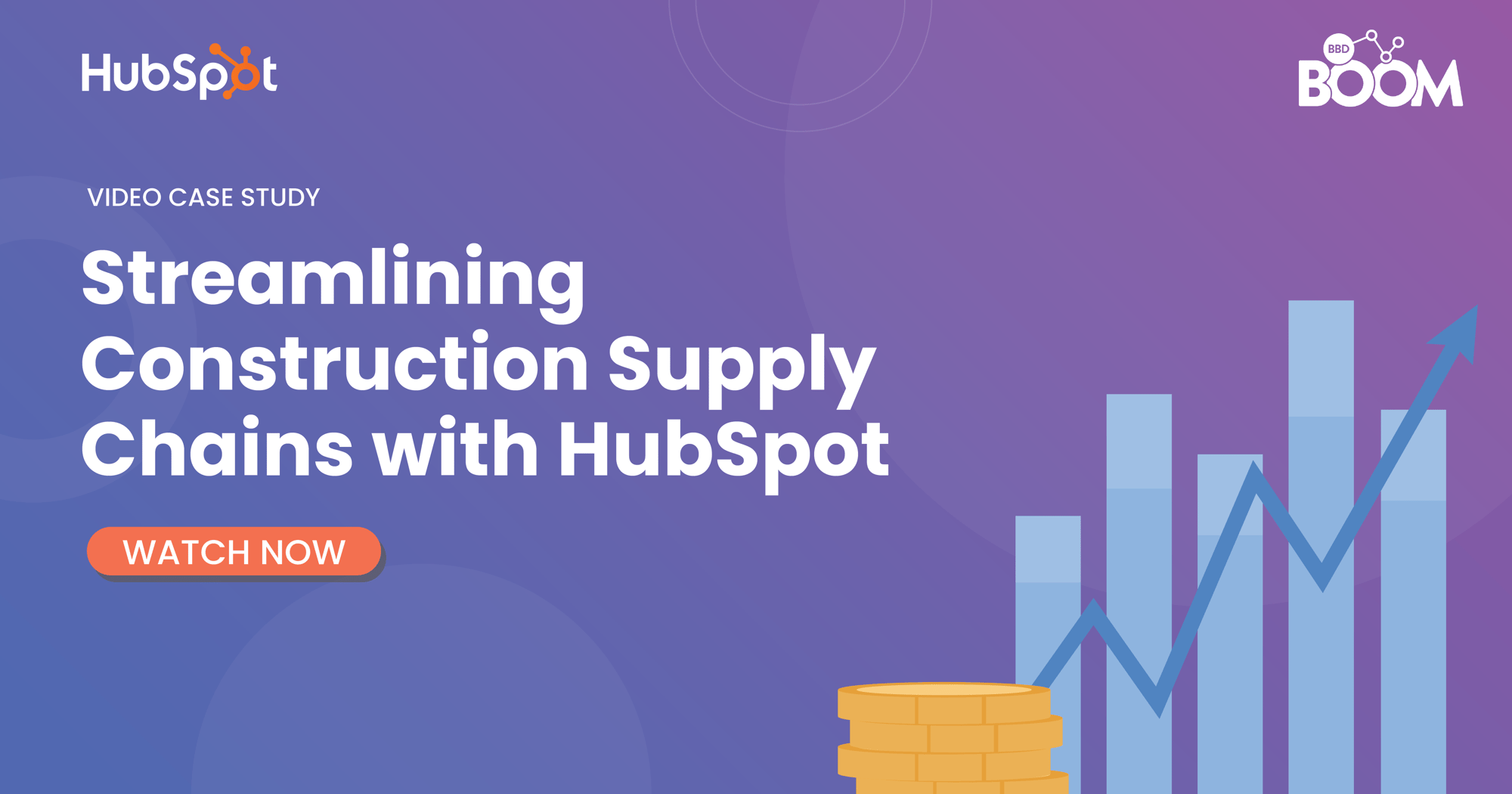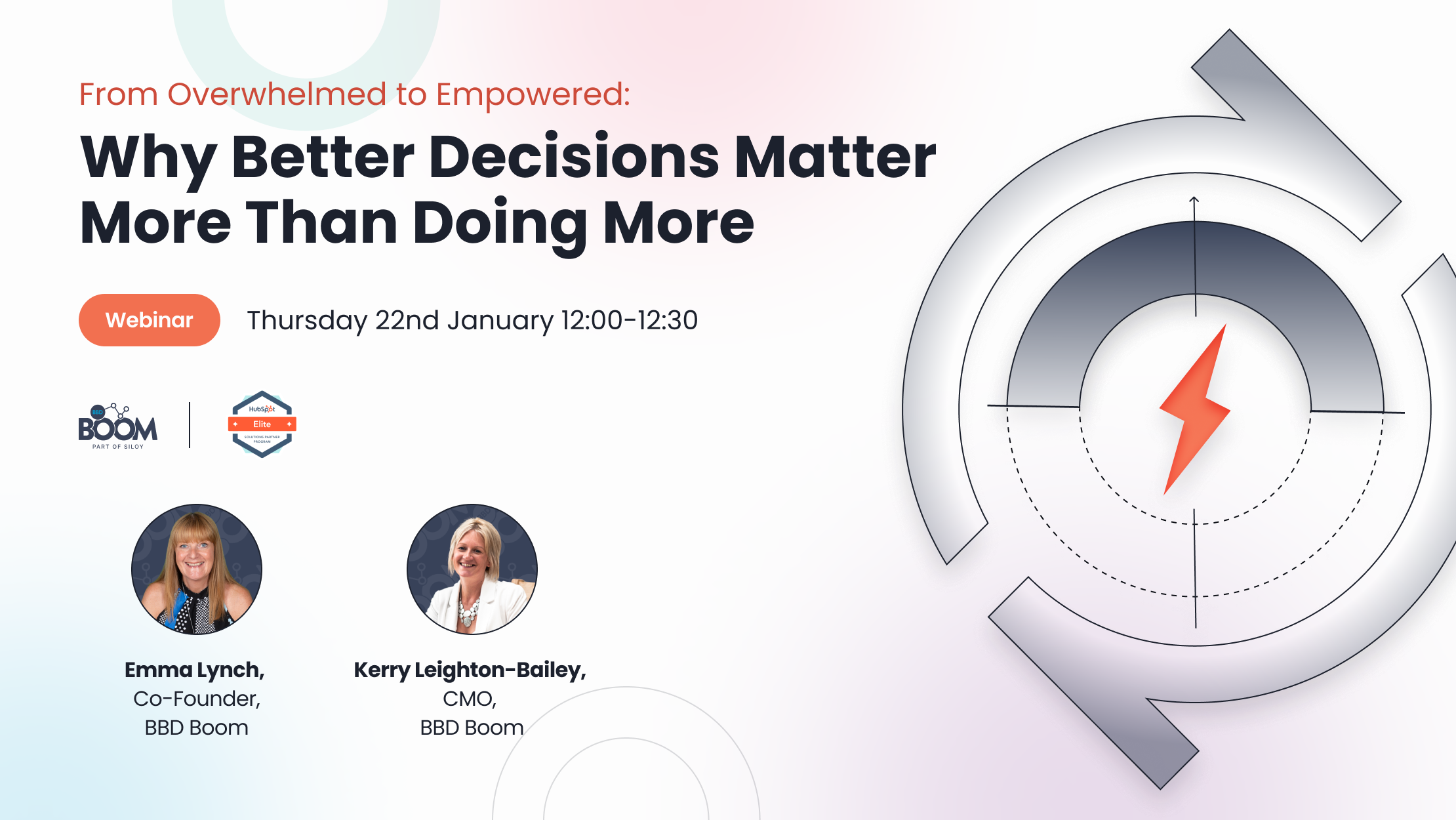Leads and prospects are two terms that are thrown about industry regularly, but even some of the top sales people struggle to define each of them. Although each company may have their own definition, many cannot specify which is more qualified than the other, with a lot of them usually referring to the default statement of, “aren’t they the same thing?”
For the sake of clarity and continuity, there should be a universal definition of both a lead and a prospect. Without this mutual understanding, how can we aim to improve how we generate them? So, what constitutes a lead? What constitutes a prospect? Where do leads and prospects fit in the sales process?
Leads
Leads are difficult to define, as the term covers a vast variety of qualification criteria and positions in the buyer's journey. On top of that, every company’s criteria is different.
A lead is any person who indicates interest in a company's product or service in some way. Leads typically hear from a business or organisation after opening communication instead of getting a random cold call from someone who purchased their contact information. The most basic, top-of-funnel lead is an inbound web form completion. Those who submit the forms are considered leads even though they may not have the authority, resources, or intent to purchase. These leads are just beginning to receive branded communications.
On the other end of the spectrum, sales-ready leads have been thoroughly vetted. They may have come in as a web form completion, but since then they have demonstrated sales-readiness through an additional engagement. As the name indicates, sales-ready leads are prepared to be contacted by a sales rep.
Prospects
A prospect is a person who has been qualified as fitting certain predetermined criteria. In most cases, a prospect fits your target market, or more specifically, your buyer persona. A prospect has the means to buy your products or services, and is authorised to make buying decisions. Unlike a lead, prospects do not have to have indicated an interest in buying or in your company as a whole; they just need to meet the mentioned criteria.
The difference
As stated above, the biggest difference between a lead and a prospect is their engagement. Leads are characterised by one-way communication. Leads become sales prospects when they are ready to engage in two-way communication with a named individual.
A lead has reached out to a company through a form or sign-up and provided their contact information. Once information is received, they enter the lead into their nurture process, whereby they receive communications from the company with hopes of driving further engagement. Prospects, on the other hand, are created after a sales-ready lead is contacted by a rep. In order to become a prospect, the lead has to engage in dialog with the rep. This could take the form of an email, a phone call, or a meeting.
If you would like to dive deeper into what a prospect is and how to prospect effectively, download our new ebook The Complete Guide to Sales Prospecting:
.png?width=877&height=508&name=bbd-boom-siloy-navy+blue-logo%20(1).png)
.png)



.jpeg?width=50&name=0%20(1).jpeg)


.jpeg?width=90&name=0%20(1).jpeg)

.jpg?width=352&name=HubSpot-Inc-Logo-1%20(1).jpg)
